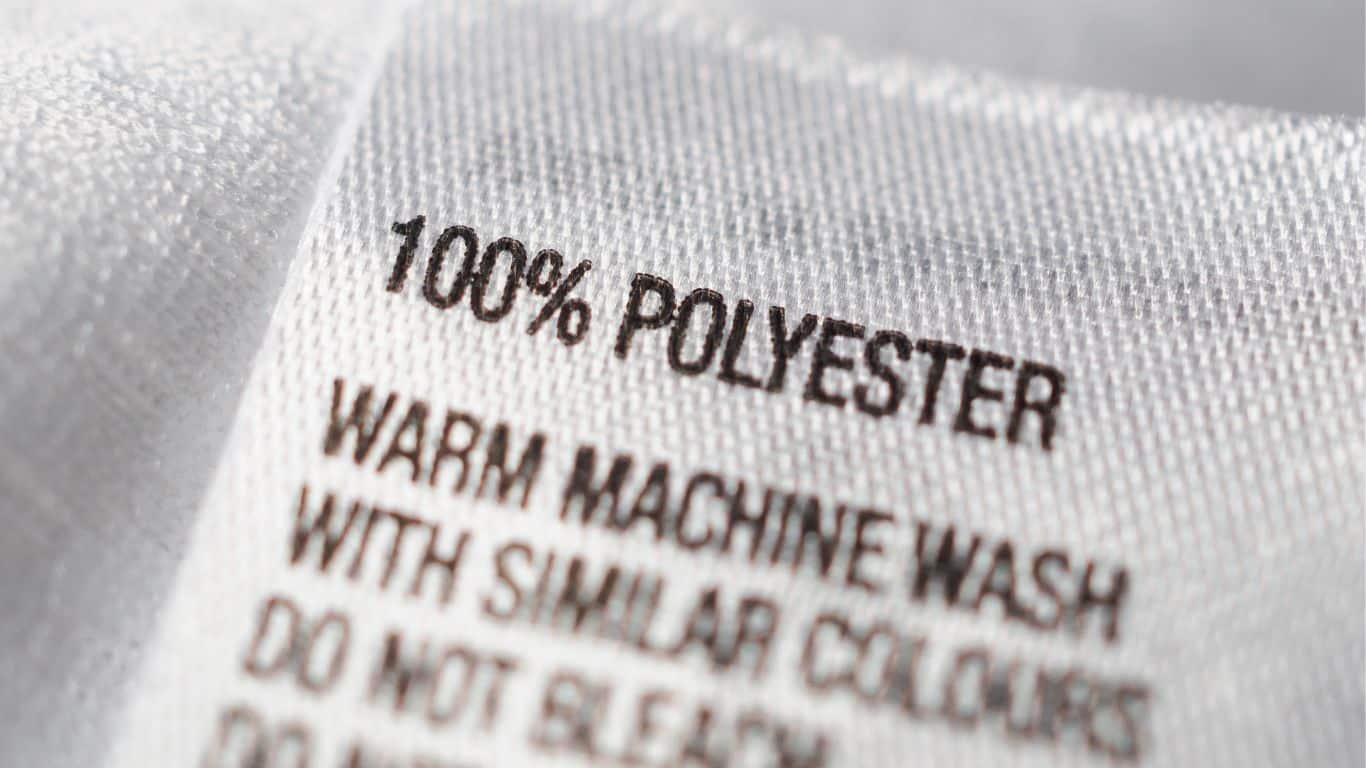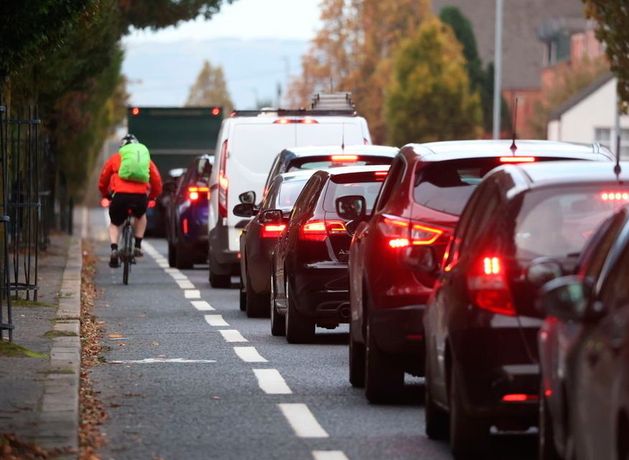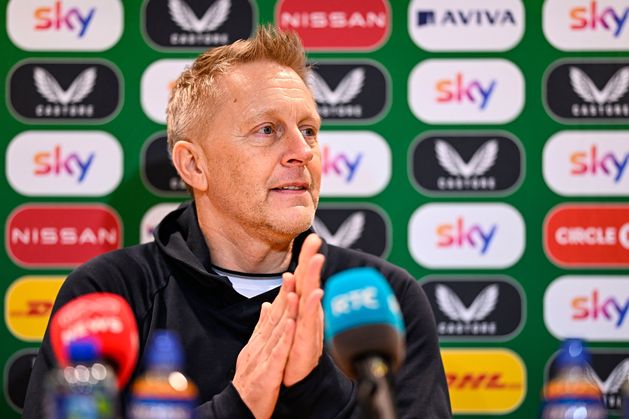Gambling
Irish children see gambling as ‘normal part of sport’ amid celebrity marketing and social media pressure – study

Research by academics on both sides of the Border found evidence of the pervasiveness of gambling marketing via social media, but also in conversations among young people and displays in betting shops. “These myriad forms of exposure indicate a saturation of gambling communications in these children’s lives,” the study said.
While many children felt that sport and gambling were a good fit, they were aware of the financial risks.
However, the research found few understood the wider social risks relating to the harm caused by gambling.
The authors of the study, whose findings are published in the medical journal, BMC Public Health, said they aimed to explore the exposure and understanding of gambling marketing by children against a background where such marketing was ever-increasing.
The research involved six face-to-face focus groups with 51 teenagers aged 14 to 17 in the Republic and Northern Ireland living near the Border with a declared interest in watching sports broadcasts.
One of the report’s authors, Paul James Kitchin, said understanding how exposure to gambling messages shaped the perception of young people about the relationship between sport and gambling was vital for policymakers to better shape related legislation and regulations.
Dr Kitchin said it was also important for informing parents and educators.
Other studies have shown that 3.3pc of adults in the Republic and 2.3pc of adults in Northern Ireland had experienced harm from gambling.
Separate research found 23pc of 16-year-olds had gambled for money in the previous 12 months, of whom one in 10 met the criteria for excessive gambling.
The findings of the meetings with the focus groups showed the majority of teenagers did not consume their sports via mass media but through social media platforms.
Many reported witnessing gambling marketing on multiple social media channels including TikTok, Instagram, Snapchat and particularly, YouTube. Many also recalled gambling messages which included endorsements from celebrities as well as shirt sponsorship by gambling companies.
However, some teenagers also demonstrated resistance to some communications and the glamorisation of gambling, while a few were dismissive of gambling and claimed it was unappealing.
Dr Kitchin said: “A broader public health risk is that if children who follow sports feel that gambling is a normal part of sports and that they follow and are influenced by personalities in social media, then current regulations are woefully unprepared to counteract this.”










